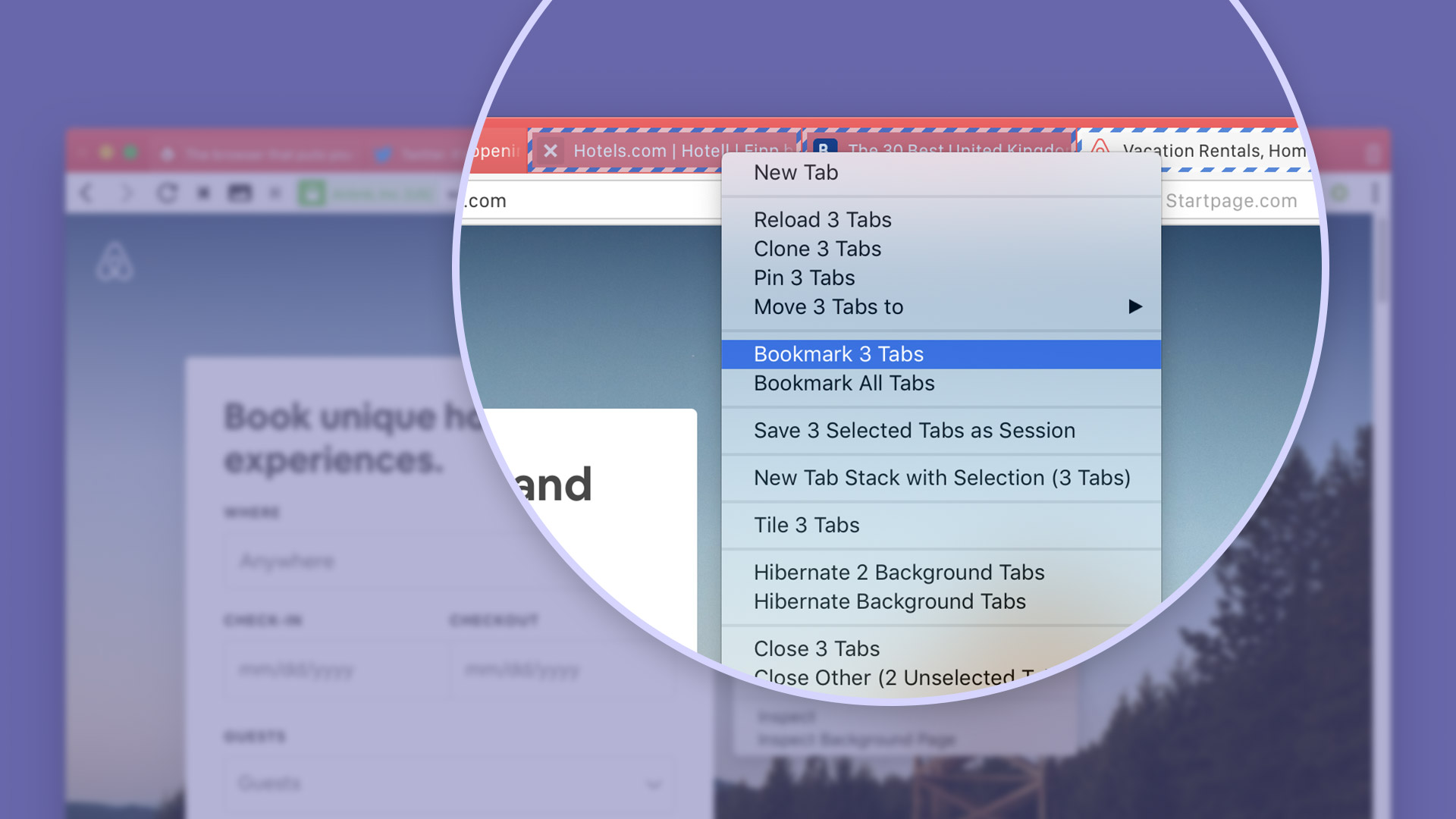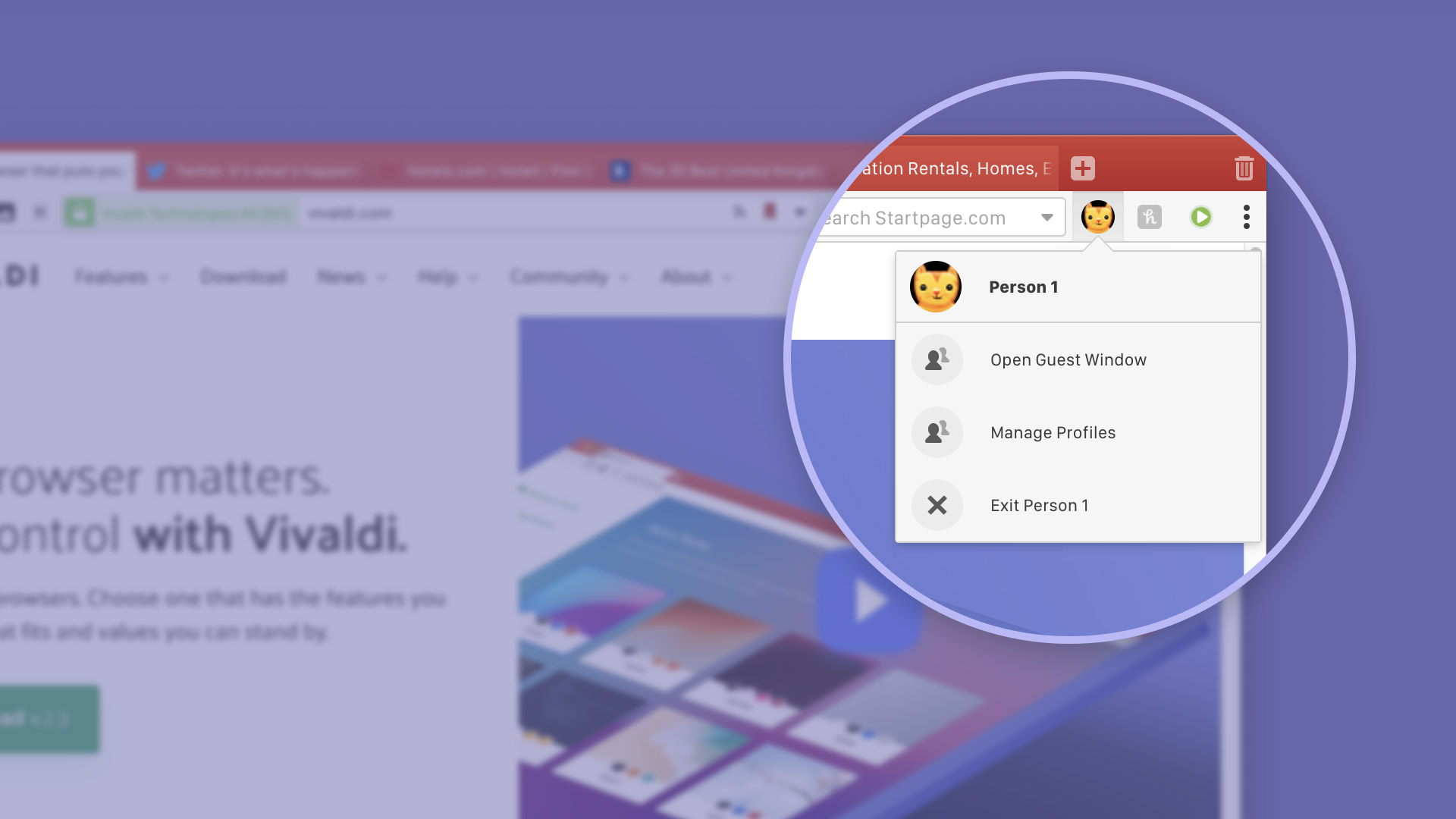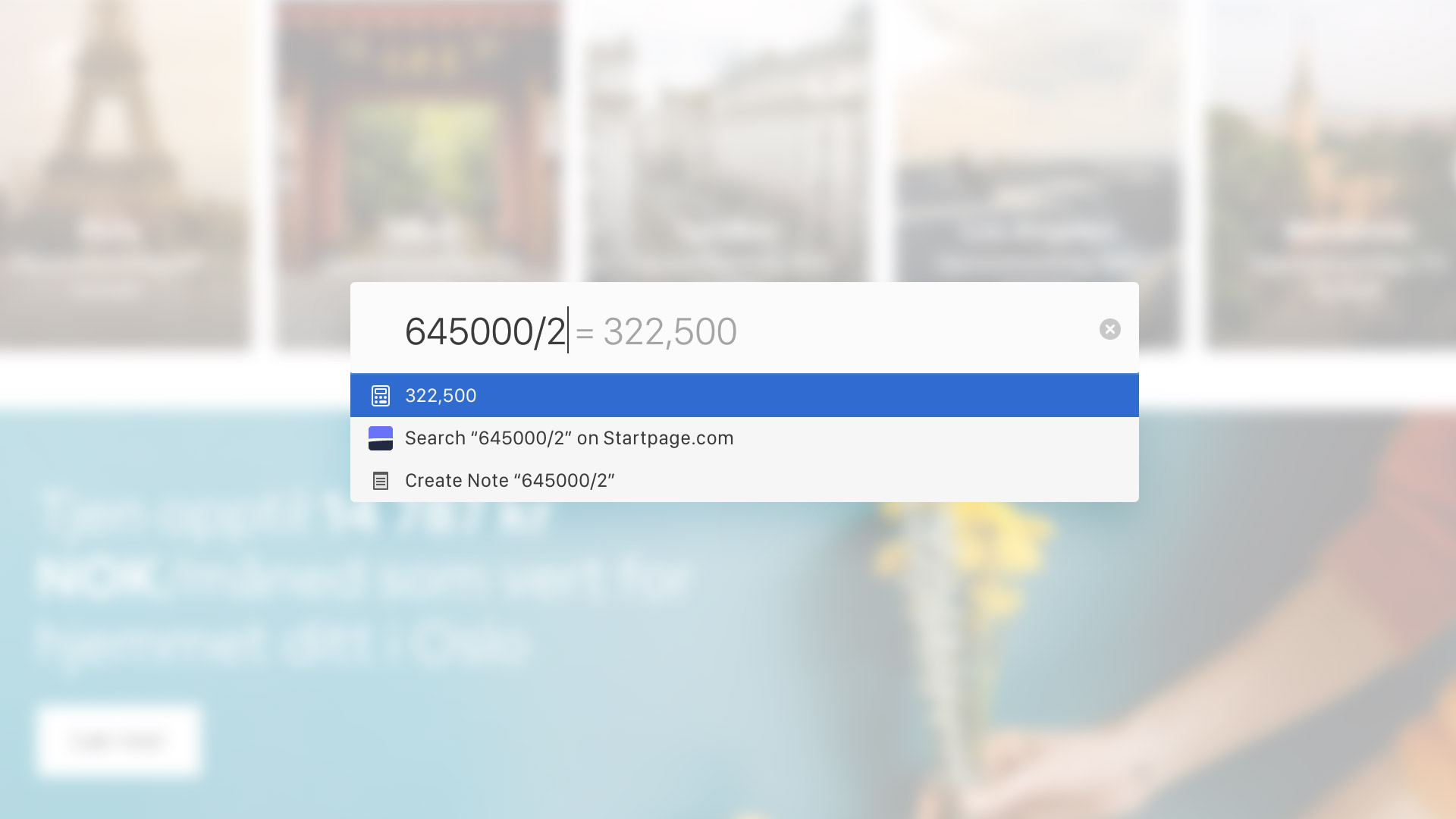OSLO, Norway – 27th March 2019: The Vivaldi browser launches its new version Vivaldi 2.4 unlocking a new level of customisation in toolbars – unique functionality that lets users move or hide buttons with ease between select toolbars.
Vivaldi 2.4 also gives users new ways to manage and access their bookmarks, enjoy multiple user profiles and allows them to do simple calculations with its new built-in calculator.
“Our goal has always been to make Vivaldi the most customizable browser available”, says Vivaldi CEO, Jon von Tetzchner. “Today’s update is another big step in that direction so that users can get more done with less effort, in the most intuitive and creative way possible.”
Tinker and Tweak Toolbars
Toolbars don’t just dictate how a browser looks but how a user interacts with it. In Vivaldi, users can now configure toolbars based on their daily browsing needs and get easy, immediate access to their most frequently used functions.
Vivaldi’s first step into the realm of customization of toolbars gave users the possibility to remove buttons from the navigation toolbar and display only those needed.
Building upon this convenience, Vivaldi now introduces a whole new range of unique customisation options in the status and address toolbars. This update gives users the ability to drag buttons between select toolbars – a functionality unique to Vivaldi. Image Capture or Tab Tiling options can now live next to the back button. Or maybe a Reload button in the Status bar?
“Toolbar customization is massive – it is much bigger than it sounds. Vivaldi’s interface is now more customisable with redesigned and re-engineered buttons”, says Henrik Helmers, designer at Vivaldi who has been working extensively on this feature. “We have redrawn our toolbar icons to be more consistent and friendly. These changes lay the groundwork for more features and customization in the future.”
A few minutes of tinkering can turn Vivaldi’s interface from being maximalist to minimalist or vice-versa giving the user more creative control. Here’s how.
Hold Shift while dragging a button and easily move buttons around the address and status toolbars.
To reset the toolbars back to their default state, right-click and select “Reset Toolbar to Default”. Or head to Settings → Appearance → Window Appearance → Toolbar Customizations and click on “Reset Toolbar” for the one to reset.
Raising the ‘Bookmark’ Bar
Sifting through bookmarks for the right one gets easier and quicker. Vivaldi adds more useful ways to manage and access bookmarks that users will appreciate.

Bookmarking selected tabs: Vivaldi adds another handy feature for quickly making folders containing collections of related sites. This is useful if, for example, a user is looking at purchasing options across a bunch of websites. Save the selection of related tabs and return to them at a later date, even from another machine (via bookmark syncing).
Select tabs (Shift or Ctrl clicking) and bookmark them via the context menu (right-click), Quick Commands, or map a dedicated keyboard shortcut. The tabs will be added to a date stamped folder which the user can manage via the bookmark manager.
Context menu support inside folders on the Bookmark Bar for Windows and Linux have been added. Now users can access all their bookmarks within folders and from the right-click context menu.
Keep work and play separate with multiple user profiles
Now users can create multiple “users” without logging into a different operating system user account, or the need to maintain multiple standalone installations of Vivaldi.

Each profile will store a separate set of extensions, bookmarks, Speed Dials, cookies, history, etc. Users can also configure the browser to behave differently on a per-profile basis.
Once a roster of profiles is set (for example “Work”, “Home”, “Kids”, etc), users can customize each of them however they like, including giving them different Themes and Toolbar customization. Users can even configure the way they control the browser on a per-profile basis as well (e.g. using different Mouse Gestures or Keyboard Shortcuts between profiles).
Switching between profiles is as easy as clicking the Profiles button on the right of the Address Bar. By clicking on it, different configured profiles can be accessed. Users can also open the profile manager to set up new ones.
Users can enable/disable and manage their Profiles via Settings > Address Bar.
What’s more? Profiles are syncable – any that has been created could be synced across computers using different Vivaldi accounts.
Built-in Calculator and other improvements
Do simple calculations in Quick Commands. A built-in calculator to Quick Commands has been added to make quick calculations more convenient. Simply Press F2/⌘E to open Quick Commands, enter the equation, press Enter, and the result is copied to the clipboard.

Of course, there’s even more that’s gone into this new version. Here are a few other note-worthy additions (including a few requests by our users):
- More control of Tab Stack creation. Users can now disable/enable ‘Allow Tab Stacking by Drag and Drop’ in Settings and adjust the length of the tab hover delay to avoid creating a Tab Stack accidentally.
- Rename a Tab Stack with a double click to organise and access websites with similar content, be it travel, shopping or social media.
- When a user selects a text on a page and uses the context menu to do a search for that term, results can now be opened in a background tab. (Settings > Search)